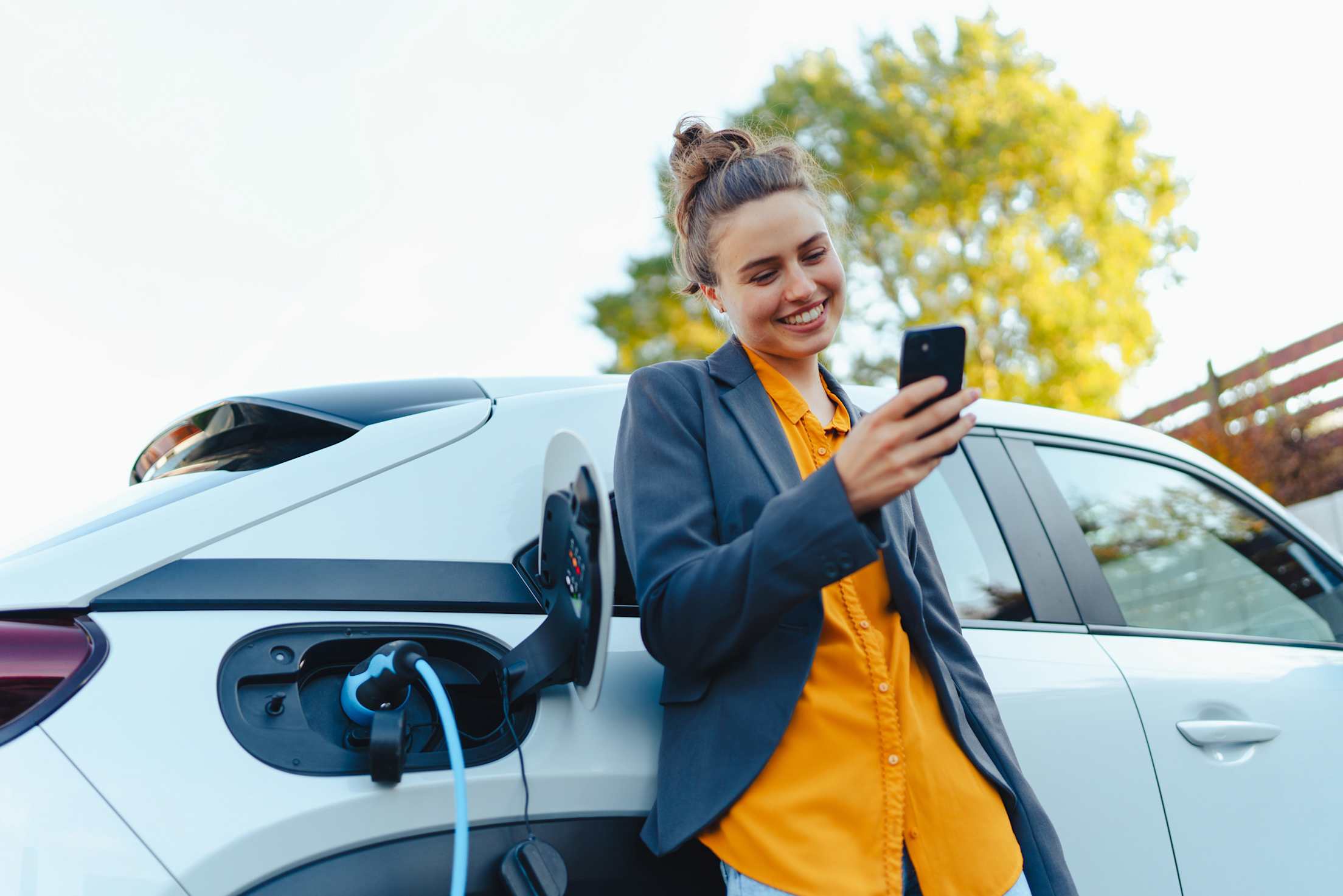Battery Health Reports for Used Electric Vehicles
Pre-Owned Vehicles Becoming More Attractive to Buyers

Economical pricing and year-over-year advancements in battery technology are enticing drivers to consider used EVs.
But how do we judge the battery health of a pre-owned EV?
How to get battery health reports for used electric vehicles
To date, EV auto manufacturers do not provide an easy way to check battery health, but hopefully that will change.
The modern generation of EVs is nearly 15 years old, and while some very early models had issues with batteries, most of the ones manufactured in the past ten years, aside from the Chevy Bolt, are outliving projections.
Chevy Bolt had battery problems, but they fixed the issue and replaced most of them. If you find a used Bolt, it will likely have a brand-new battery along with an eight-year warranty.
Every pre-owned electric vehicle has a readout of its projected range, so if you know the original projection for the make, model, and year, you can compare that number with its present range when charged.
There is almost always a one to two percent yearly difference between the original battery range and the present projection.
If the auto manufacturer did not provide you with that information, there are other ways to attain it.
Solution A - Recurrent report
You can get a battery test through Recurrent, a AAA-recommended company tracking and analyzing factors that impact battery health, or ask the seller if they already have a report from Recurrent.
Solution B - Pre-sale Inspection Reports
Upon receiving the report, review any evidence of a crash or notes about anything suspicious about battery damage because you might want to take a pass on the car or request additional battery testing.
Solution C - Do Your Own Drive Test
If you want a particular pre-owned EV but have concerns about battery health, ask the seller to fully charge it so you can see its maximum range – the range should not vary widely from the original.
Remember, pre-owned electric vehicles have typical range degradation, but only 10 to 15 miles for a moderately new car; however, there is a caveat – if you are looking to purchase an EV for a cold climate, the battery range is lower due to how it performs in colder temperatures, but the range can increase in more temperate weather.
In any case, if you can test-drive the used EV, you will gain an understanding about battery health.
Drive forty miles in ideal conditions – no air conditioning or heating, no hills, and no speeding on the roads, and you should notice the battery range decrease by about the same number of miles, give or take, because range projections are imprecise.
Lastly, ask the seller questions before purchasing the vehicle, including its range or what percentage of the battery they usually charge before taking it out for a drive – hopefully, they keep the battery charged between 20-80%, its sweet spot for health.
Solution D - Warranty
Buyers of new EVs look forward to years of reliable battery operation because the federal government requires original owners to carry a minimum battery warranty of eight years or 100,000 miles, with some manufacturers offering more robust warranties.
Purchasers of pre-owned electric vehicles can inherit the battery warranty if the car is under eight years old or 100,000 miles.
This means it is somewhat risky to buy anything older than eight years.
You can protect your pre-owned EV investment by purchasing a complete car coverage warranty or an exclusionary warranty covering everything aside from normal wear-and-tear, including tires, brake pads, fuses, misuse, and more.

In Conclusion
Millions of pre-owned EVs will enter the market in the coming years and offer many opportunities for new EV drivers to enjoy a new way of driving and for experienced EV drivers to purchase an additional one.
Remember to use best practices when buying a pre-owned EV, such as getting a pre-sale inspection report, and recognize that EVs are generally more reliable than gas-powered vehicles because there are fewer moving parts.
Finally, we hope that you will take the information provided and apply it the next time you plan to purchase a pre-owned electric vehicle.
Plug in; feel good; drive on!
Frequently asked questions:
What happens to used electric car batteries?
EV batteries get a second life by being repurposed for storing energy from renewable sources such as wind and solar. At the end of its life, 98% of the materials, including rare earth minerals, can be recycled and reused in future battery production.
How do you test used electric car batteries?
Test the EV’s battery by driving a certain distance, say forty miles, on flat terrain with no A/C or heat running – and noting whether the projected range has diminished by about forty miles. If the projected range is about the same as the miles covered, the vehicle’s batteries are likely in good health.
Can electric car batteries be tested?
Some companies offer testing services for EV owners; however, none have a third-party validated track record.